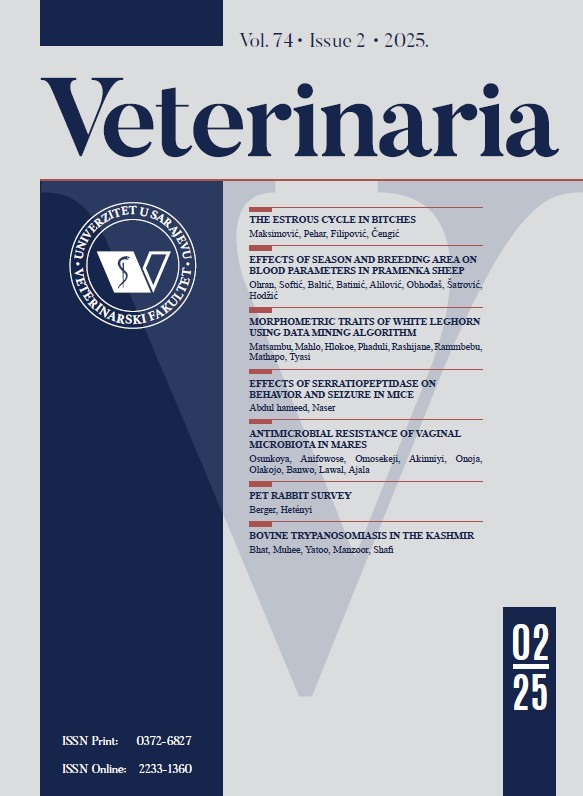Students’ self-study and self-assessment during the veterinary anatomy course at the University of Zagreb, Croatia
DOI:
https://doi.org/10.51607/22331360.2021.70.S1.1Keywords:
anatomical specimens, digital teaching tools, digital self-assessment, students’ anatomy roomAbstract
The anatomy course is one of the most demanding preclinical courses of veterinary medicine study. Despite the high number of classes, the students still need additional time for self-study. In the past, the student self–study consisted of a repetition of different units from notes taken during lectures/practicals and from reading the textbooks and atlases. Nowadays, there is an increase of digital tools available to the students for the self-study and self-assessment, i.e., pre-recorded lectures, dissection videos, digital 2D and 3D anatomical models. Our study represents a retrospective analysis of students’ self–study and self–assessment and teaching tools at the Department of Anatomy, Histology and Embryology (DAHE) of the Faculty of Veterinary Medicine, University of Zagreb. This analysis was based on interviews with students, recent and retired employees of DAHE and data from the archives. Available data on the possibilities for the students’ self-study at DAHE range from the ‘80s of the 20th century until today. Over the last forty years, different facilities, anatomical specimens and teaching tools were offered to students at DAHE. The last improvement of the students’ anatomy room was in 2019. Since 2016, new teaching tools are produced mainly in the digital form, with an open access. For the veterinary anatomy course, students demand anatomical specimens besides textual descriptions and labelled figures, printed or digital. Self-assessment in veterinary anatomy requires a combination of the quizzes based on texts and figures, and should be developed in the digital form.
Downloads
Published
How to Cite
Issue
Section
License
Copyright (c) 2021 Martina Đuras, Magdalena Kolenc, Kim Korpes, Tajana Trbojević Vukičević

This work is licensed under a Creative Commons Attribution 4.0 International License.








